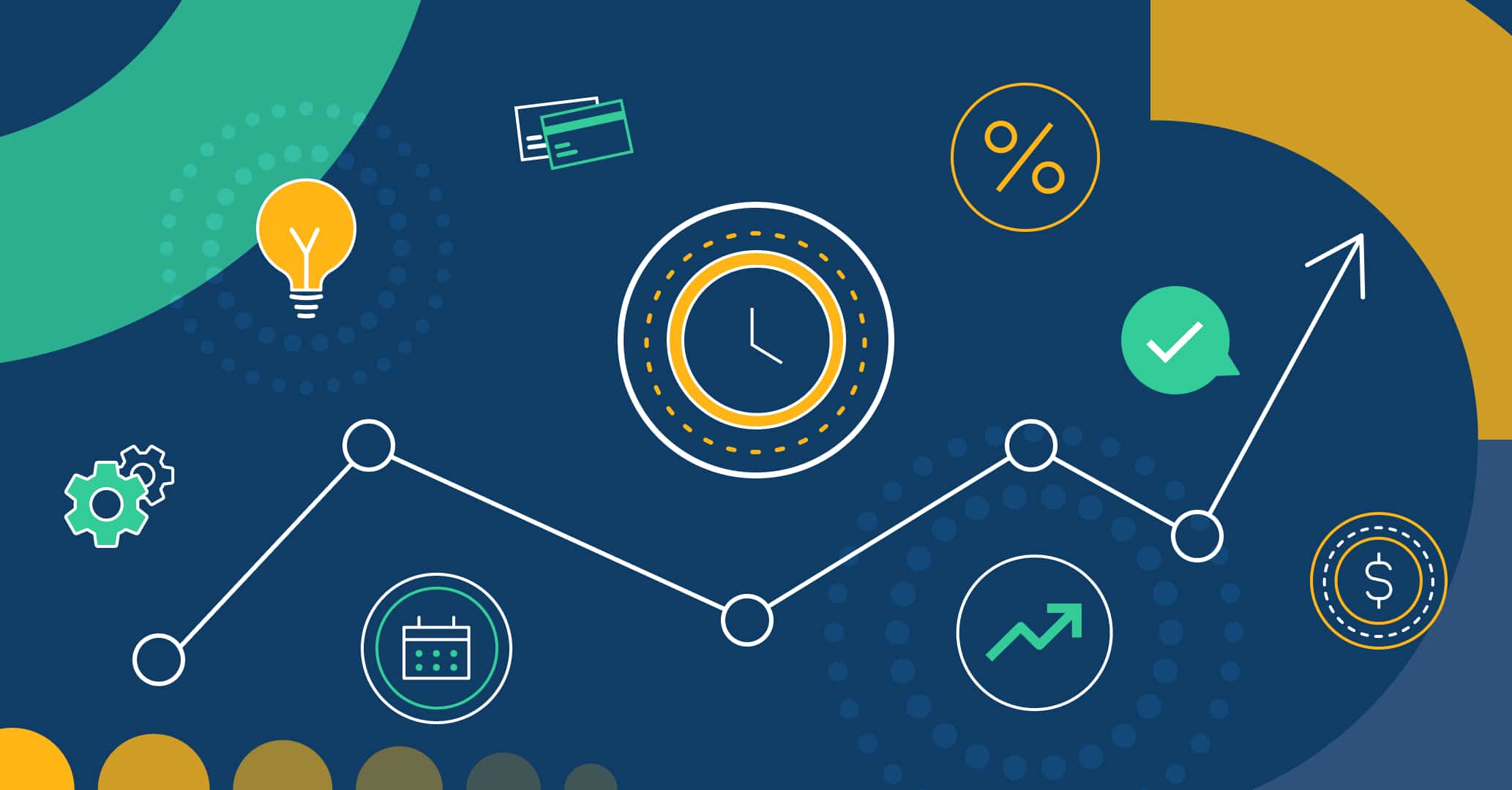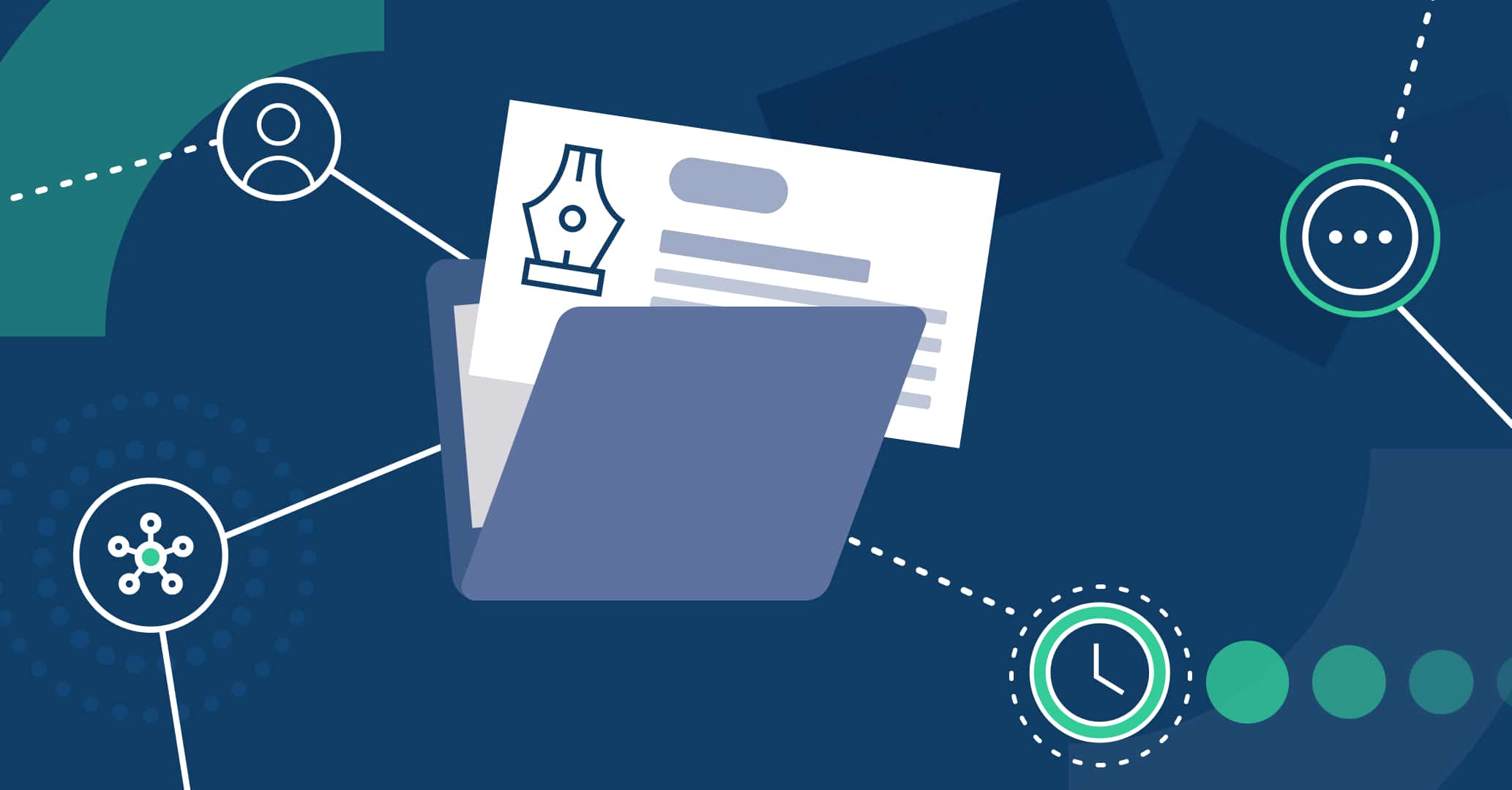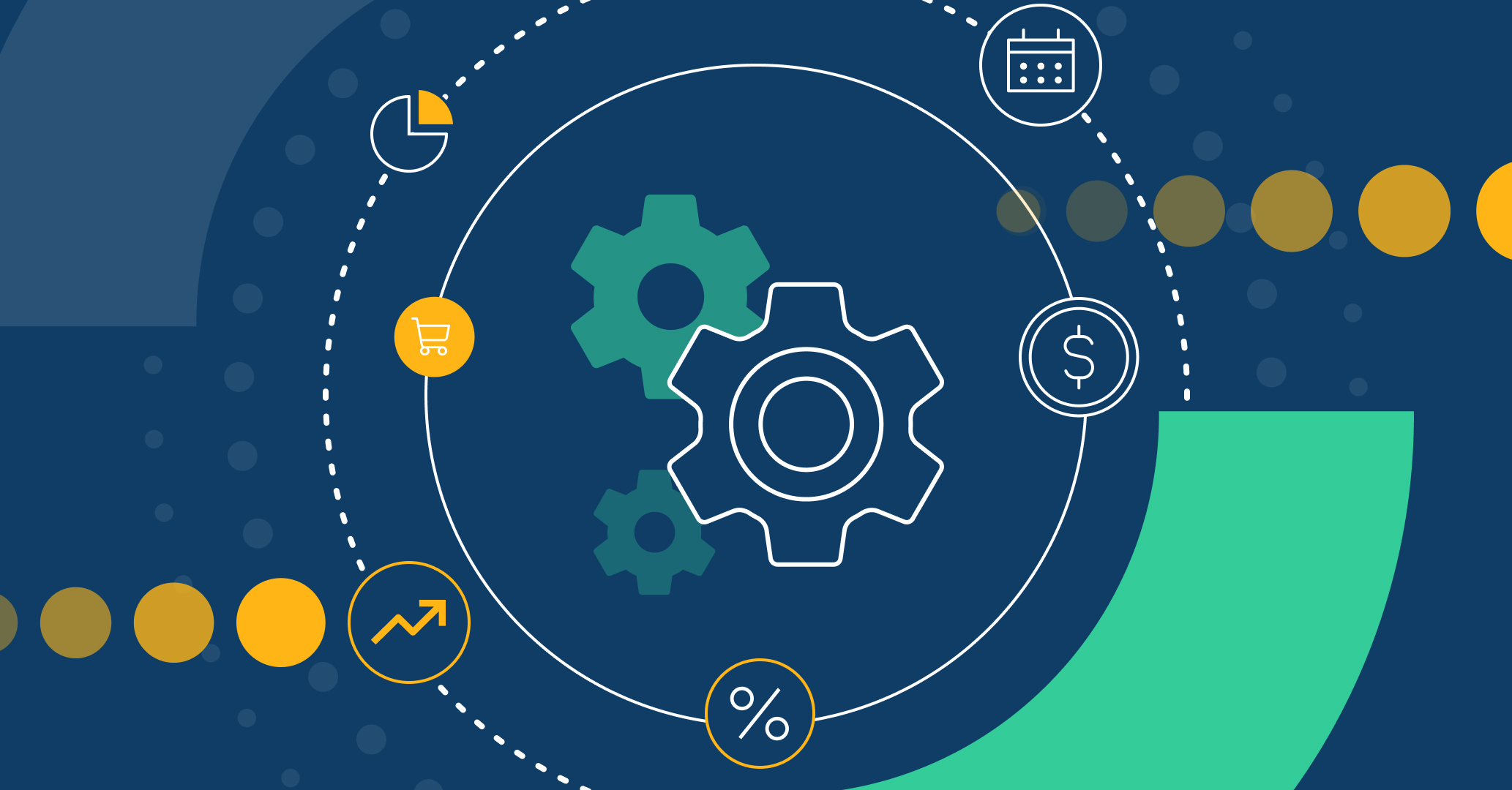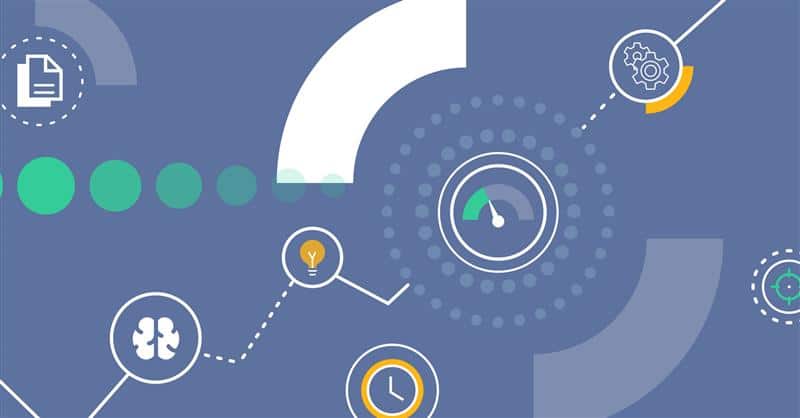- 1. What is a Purchase Report?
- 2. The Importance of Purchase Reports
- 3. What can be Measured with a Purchase Report?
- 4. What Defines an Excellent Purchase Report?
- 5. Qflow: Best Solution to Automatically Create Purchase Reports in Seconds
- 6. Challenges and Limitations of Purchase Reporting
- 7. Conclusion
Purchase management is a crucial activity for businesses of all sizes. How effectively a company manages its purchasing processes can significantly impact its operational efficiency, cost control, and overall profitability.
One of the key components of purchase management is the purchase report, which details everything about the procurement activities. In this guide, we will learn about the importance of purchase reports and how to create these reports autonomously.
What is a Purchase Report?
A purchase report, or procurement report, is a report that shows the record of business purchase activities over a specific period. It reflects the details of all transactions related to procurement, such as:
- Items/services acquired
- Quantities purchased
- Costs incurred
- Suppliers involved
- Purchase order IDs
- Dates of each transaction
Simply put, the purchase report provides a single source of truth that consolidates all purchasing data into one accessible document. The report provides insights into spending trends, monitors budgets, and evaluates suppliers, which helps stakeholders easily track and analyze procurement activities.
Check out the below sample example of a purchase report that highlights the items purchased from each vendor:
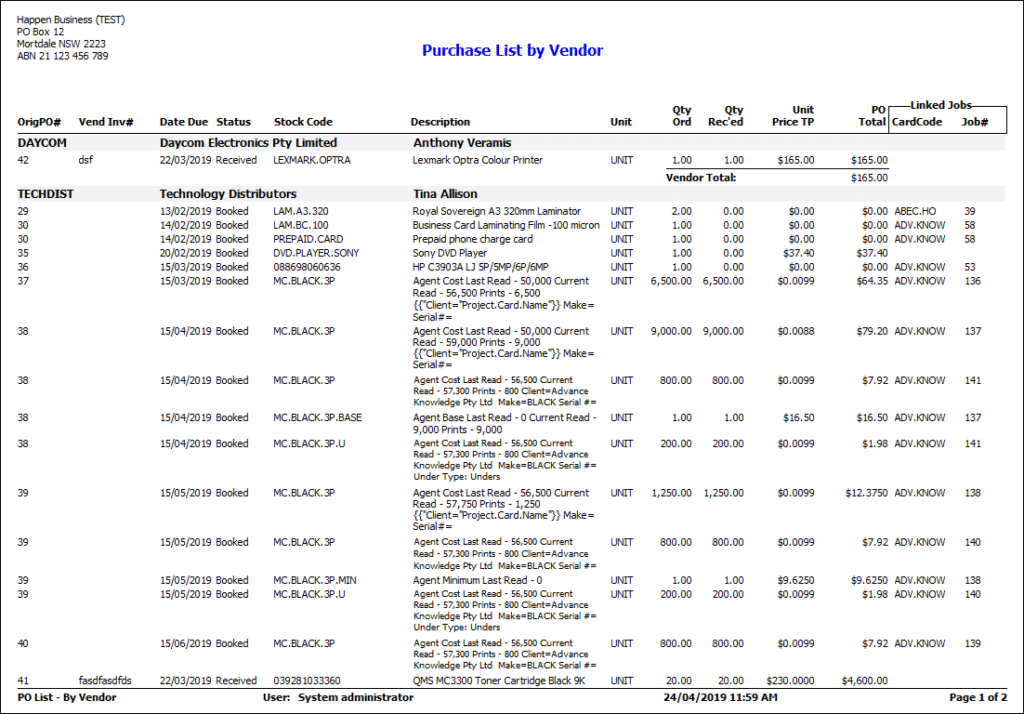
The Importance of Purchase Reports
Purchase reports are more than just a document of purchase activities. These reports are important for:
Cost Management and Savings
The procurement report highlights all the costs the business is spending. It reflects the spending patterns, necessary/unnecessary expenditures, and more, which helps in accurate future spending forecasts. It also helps negotiate deals with suppliers and find ways to reduce expenditures.
Supplier Evaluation
The purchase report is also a source of supplier evaluation. It provides insights on which suppliers are delivering top-notch goods/services on schedule. This helps in relying more on trusted suppliers and negotiating better rates.
Smooth Procurement Processes
When a business generates purchase reports regularly, they provide proper monitoring of procurement activities. The company gets in a better position to seize opportunities and address challenges.
Strategic Planning and Decision-Making
The purchase report provides insights that help with long-term strategic planning and decision-making. It helps make strategic choices related to vendor selection, procurement policies, and future purchasing forecasts.
Effective Transparency and Accountability
The purchase report enhances transparency and accountability. It ensures that key stakeholders have access to accurate and consistent information.
Inventory Management
The purchase report assists in managing stock levels effectively. It indicates which items need reordering and helps reduce wastage by better understanding product demand.
What can be Measured with a Purchase Report?
The purchase report provides insights into various elements of the business procurement activities. Some of the key metrics measurable with the purchase report are as follows:
- Total Expenditure: The total amount spent on purchases within a specific period.
- Supplier Performance: Monitoring of supplier performance through metrics like order accuracy, on-time delivery rates, responsiveness, etc.
- Purchase Order Cycle Time: The duration between placing an order and receiving the goods/services.
- Cost per Transaction: The average cost incurred for each purchase transaction.
- Inventory Levels: Data on stock quantities before and after purchases.
- Spend Analysis by Category: Breakdown of expenditures across different categories or departments.
- Order Accuracy: The rate at which orders are fulfilled correctly without discrepancies.
Simply put, purchase reporting offers a holistic view of all the purchase activities on a few sheets of paper.
What Defines an Excellent Purchase Report?
An excellent purchase report is one that is easy to read, accurate, and provides useful insights. The key characteristics that define an excellent purchase report are as follows:
Data Accuracy
The foundation of any reliable purchase report is accurate data. Misleading or incorrect information can lead to flawed strategies. A good report ensures precision in tracking supplier performance, expenditure, and order details to facilitate informed decisions.
Structured Presentation
An organized layout makes the report easy to understand. The use of headings, well-defined sections, and visual aids such as tables, charts, and graphs enhances readability and quick extraction of key takeaways.
Focused Yet Informative
While a purchase report should cover all vital aspects, it must prioritize critical data over excessive detail. Highlight metrics like cost analysis, order timelines, and more without overloading the reader with unnecessary information.
Insight-Driven Recommendations
Beyond presenting numbers, the report should interpret them. For example, it should identify underperforming suppliers or flag budget deviations and suggest practical solutions to address these issues.
Customizable Framework
Flexibility is key for diverse business needs. A robust report allows customization based on filters like time periods, vendor categories, or expense types. This helps the stakeholders to customize the report as per their requirements.
Qflow: Best Solution to Automatically Create Purchase Reports in Seconds
Qflow is a powerful business process management (BPM) tool that helps streamline the process of creating purchase reports. It lets you design, automate, monitor, document, and manage business processes.
Talking specifically about purchase management, Qflow helps automate data collection and reporting. Its different dashboards allow the compilation of relevant information and easily generate reports or charts in real-time.
Simply put, Qflow provides a powerful and intuitive platform to automate the entire process of purchase management and reporting. Try out Qflow now and see its features in action yourself.
Challenges and Limitations of Purchase Reporting
Although a purchase report is the need of every business, it also comes with some challenges/limitations. These include:
Data Accuracy and Integration Issues
Accurate and integrated data is essential for meaningful reports. However, businesses often face incomplete, outdated, or inconsistent data challenges. Additionally, procurement data stored across multiple systems can create integration hurdles. This limits the report’s reliability and usefulness.
Inadequate Technological Resources
Generating detailed and insightful purchase reports requires robust IT infrastructure, including specialized software and hardware. Companies lacking these resources may struggle to create reports that provide actionable insights.
Resistance to Process Changes
Adopting automated reporting tools or updating procurement processes can encounter resistance from team members. Some staff may hesitate to embrace new systems or fail to see the value in investing time and effort into purchase management benefits.
Limited Analytical Expertise
Transforming raw data into actionable insights requires skilled professionals to interpret and present the information effectively. Companies without trained data analysts may miss critical insights or misinterpret the available data.
Restricted Data Access
Complex procurement structures and decentralized data storage can limit access to essential procurement data. Creating comprehensive reports becomes challenging without seamless access. This leads to incomplete or skewed analyses.
Data Privacy and Security Risks
Procurement data often contains sensitive information, such as supplier agreements and pricing structures. Ensuring data security and maintaining privacy are crucial to protecting business interests and complying with regulations.
Conclusion
A purchase report is an all-in-one document that details essential procurement data for record-keeping and analysis. It is useful for cost management, supplier evaluation, strategic planning, and more. With tools like Qflow, it is easier than ever to automate the process of creating purchase reports. Therefore, get started today with automated purchase reports to gain real-time insights and well-planned procurement processes.

